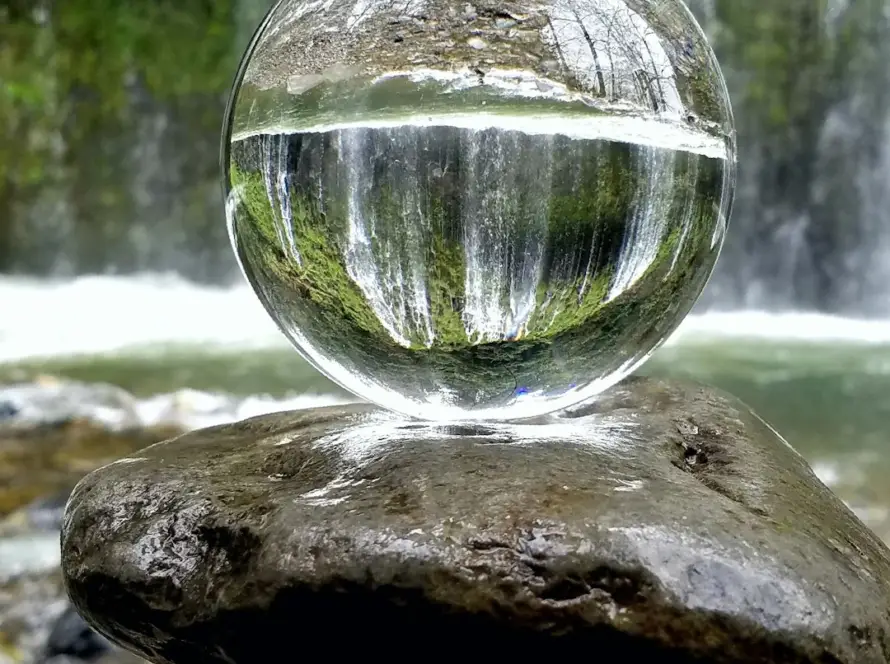Generated by Contentify AI

The intricate world of bee pollination is a fascinating phenomenon that plays a vital role in our ecosystem. Bees, as pollinators, are crucial for the reproduction of many plant species, including fruit and vegetable crops. As they move from flower to flower collecting nectar and pollen, bees inadvertently transfer pollen grains, facilitating fertilization and the production of seeds. This process is essential for the continuation of plant life and the sustainability of various ecosystems around the world.
What makes bee pollination so remarkable is the precision and efficiency with which bees carry out this task. Bees have evolved unique adaptations that make them perfectly suited for pollination, such as specialized body structures that allow them to collect and transport pollen effectively. Their behavior, such as buzzing and vibrating near flowers, also aids in the release of pollen grains, increasing the chances of successful pollination. Additionally, bees have developed sophisticated communication systems within their colonies to coordinate foraging activities and optimize pollination efforts.
Furthermore, the relationship between bees and plants goes beyond simple pollination. Plants have developed various evolutionary strategies to attract bees, such as producing colorful flowers, sweet nectar, and enticing fragrances. In return, bees benefit from the nutritious pollen and nectar they harvest from flowers. This mutualistic relationship highlights the interdependence of species in nature and underscores the importance of preserving bee populations for the health of our environment. By understanding and appreciating the intricacies of bee pollination, we can take steps to protect these vital pollinators and ensure the continued abundance of plant life on Earth.


